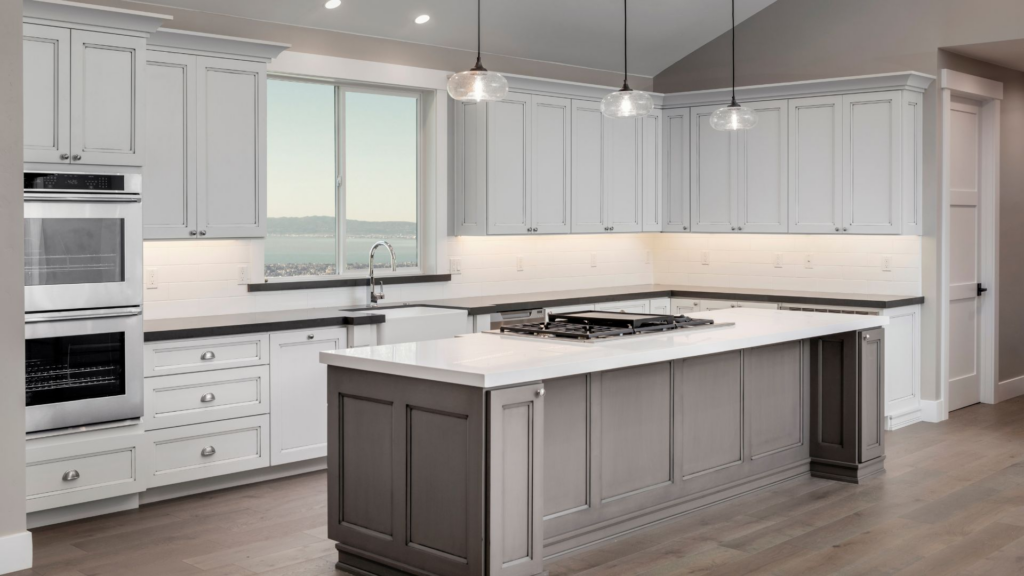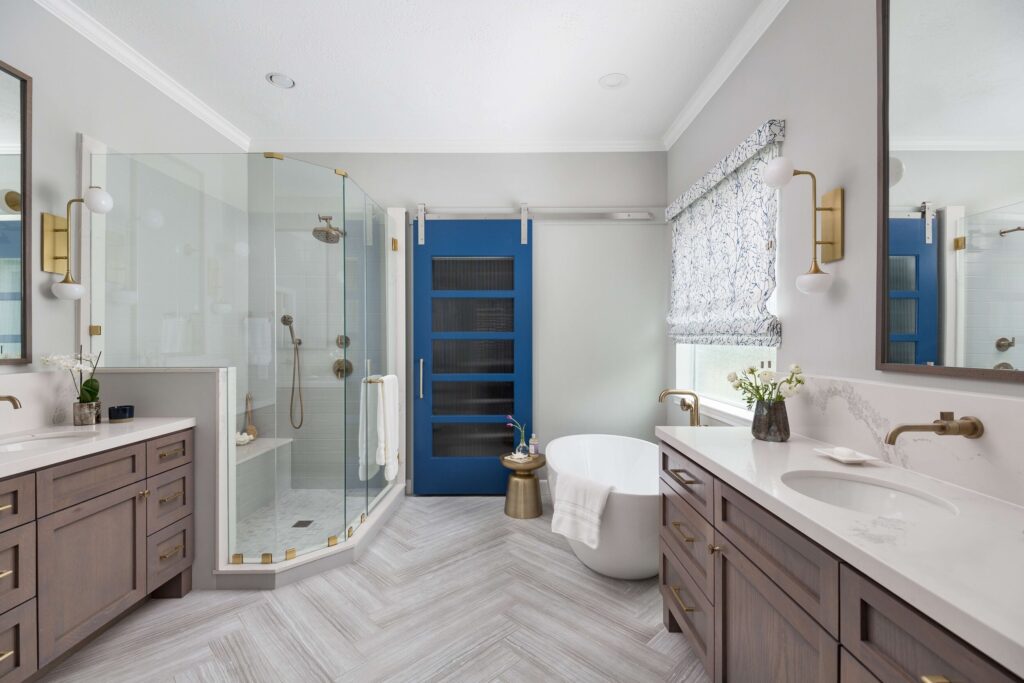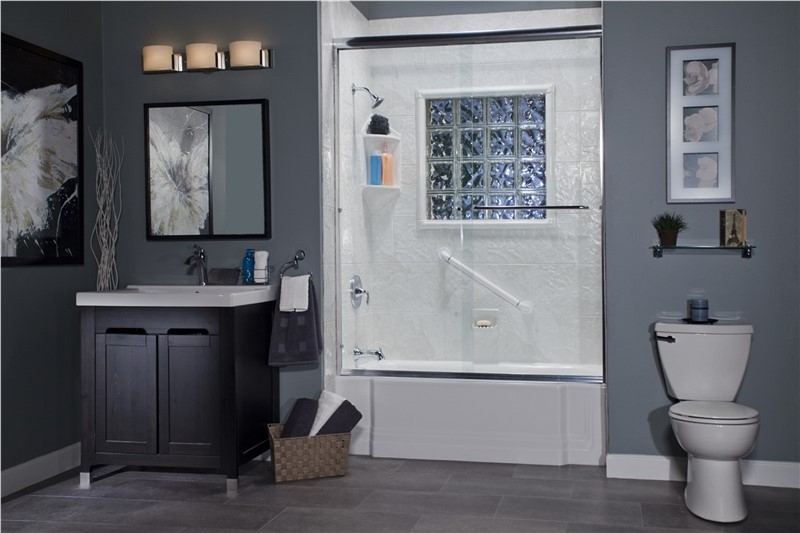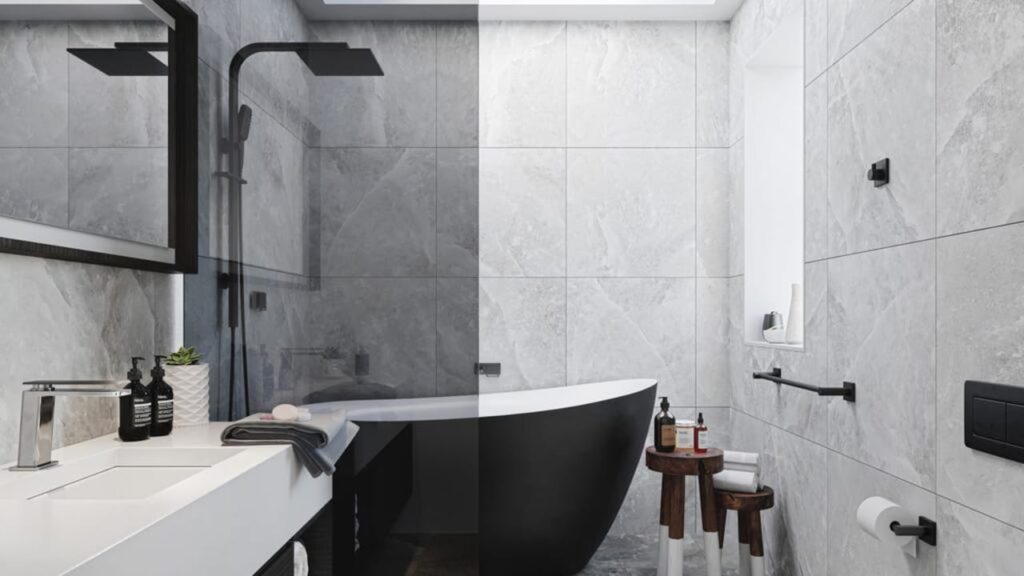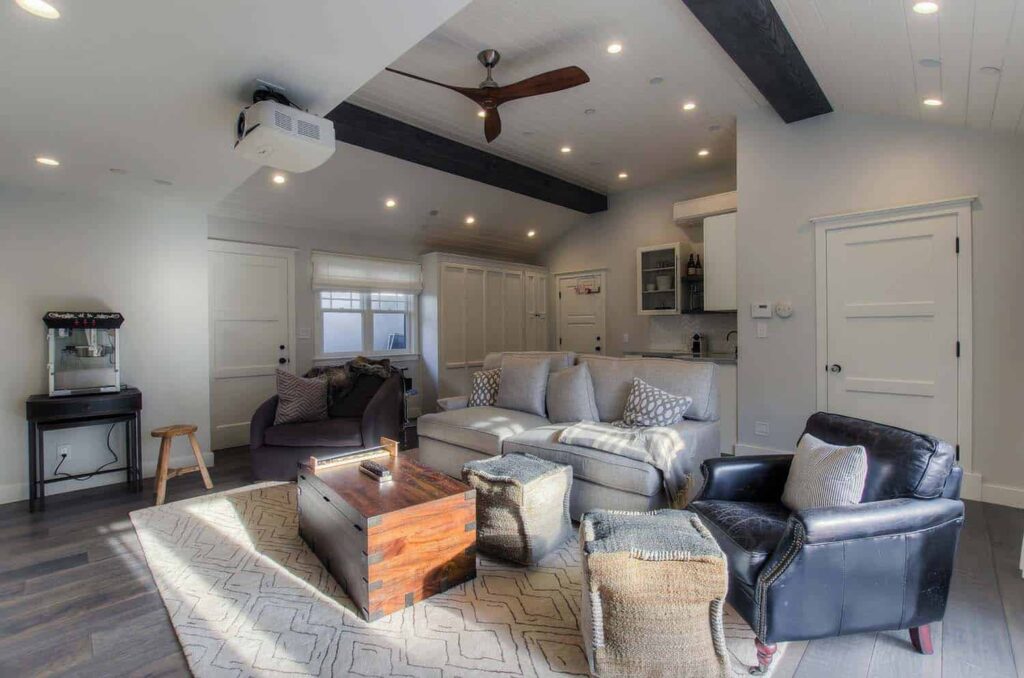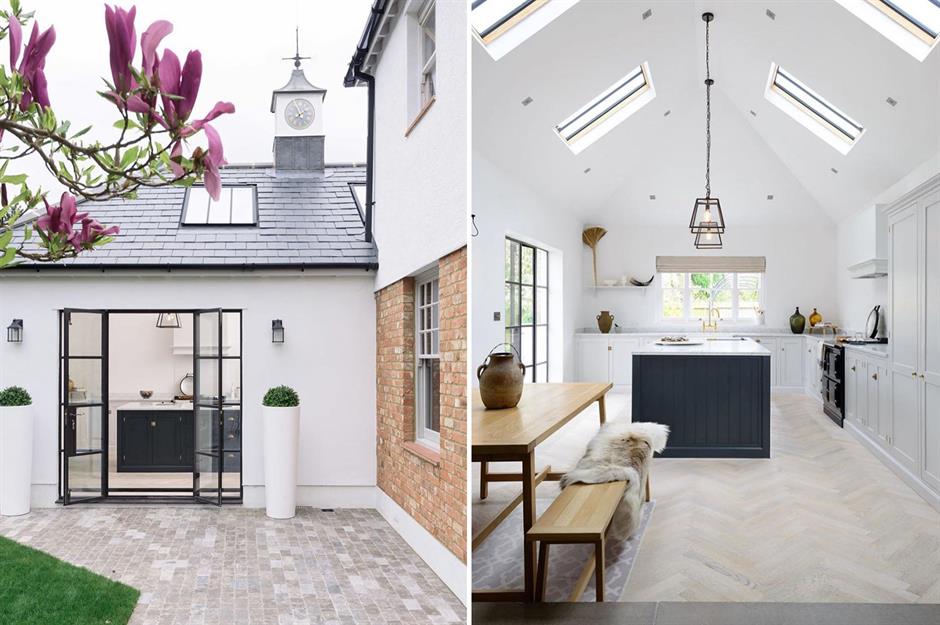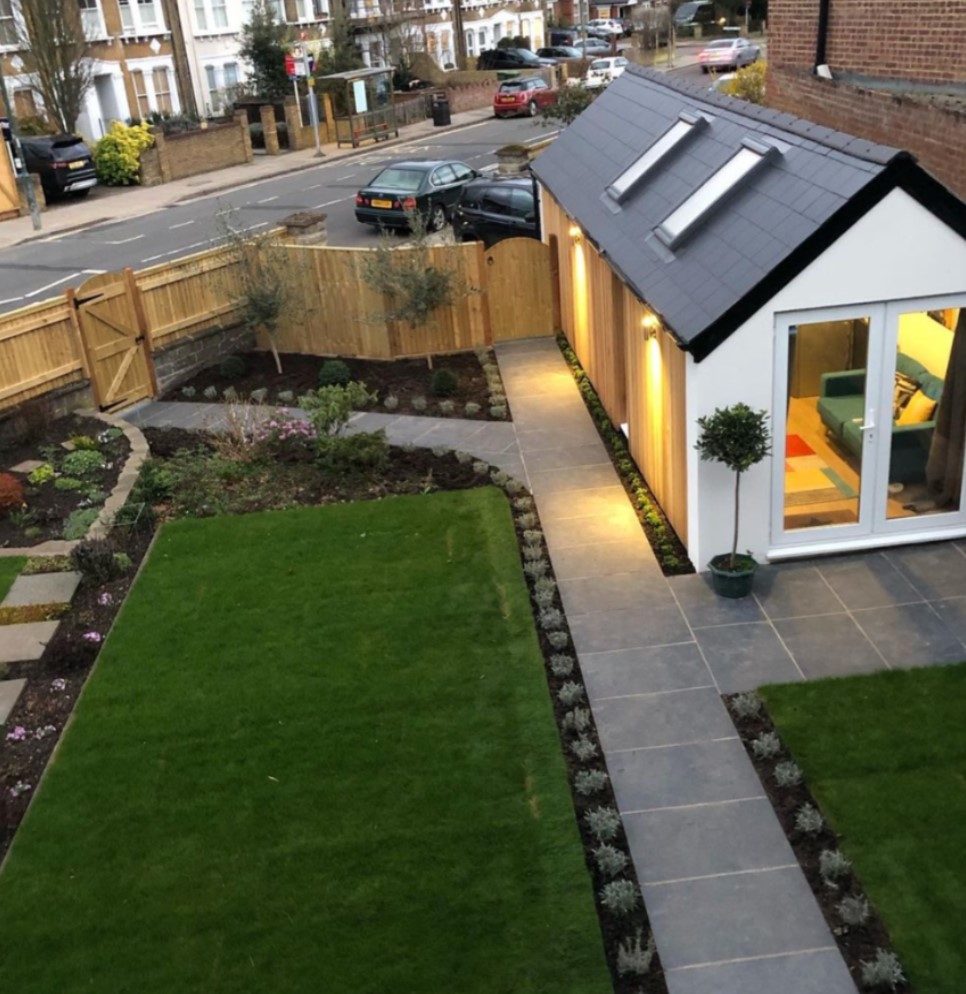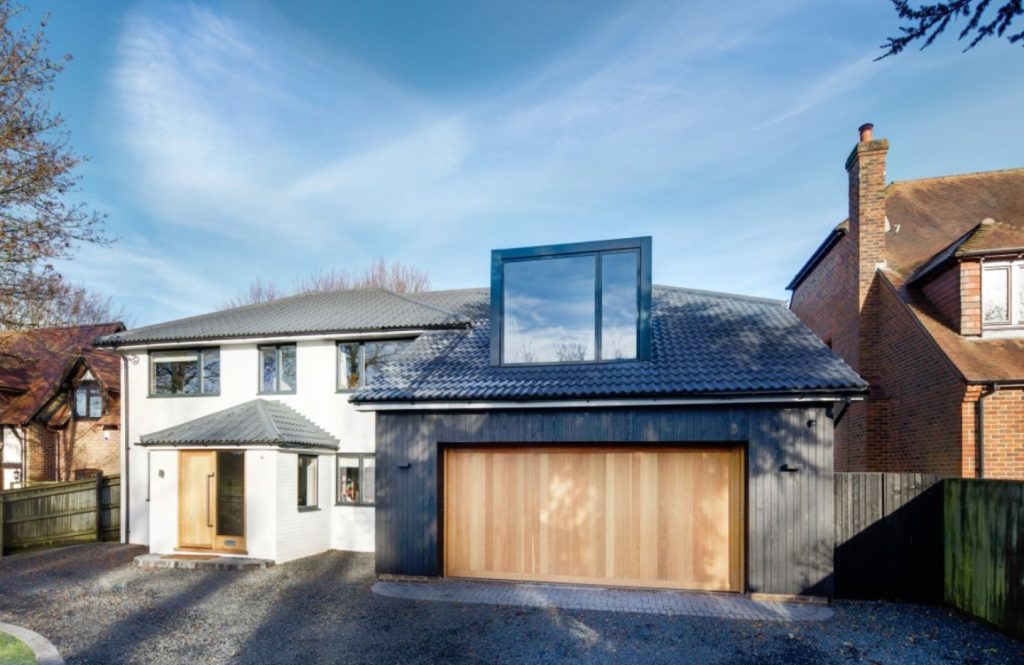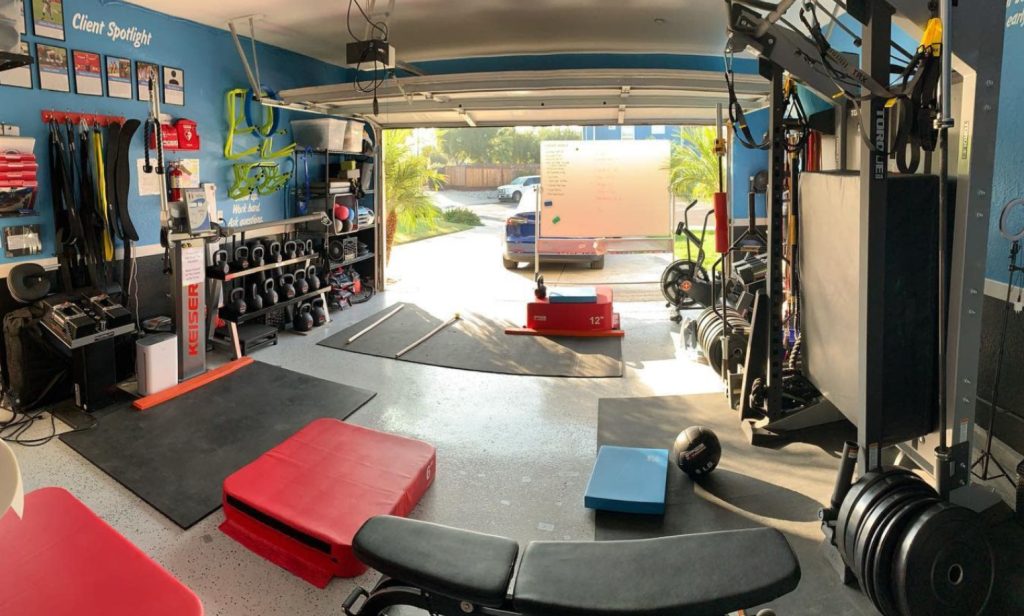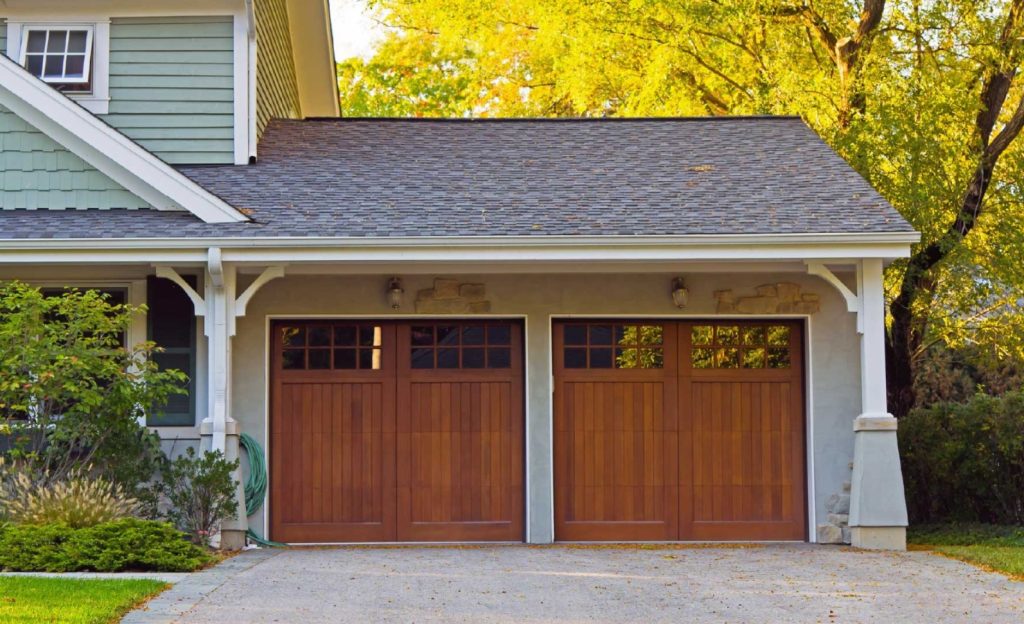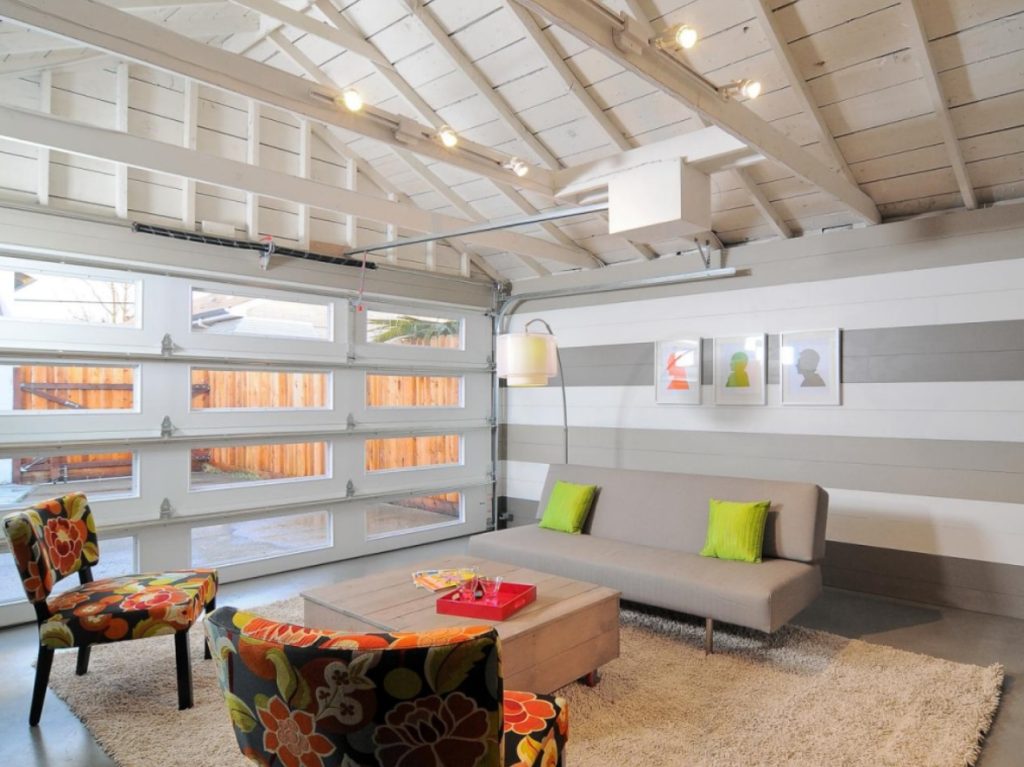Expert Tips for a Successful Kitchen Remodeling Project

Embarking on a kitchen remodeling project can be both exciting and challenging. To ensure a successful outcome, it’s essential to plan meticulously and make informed decisions. In this article, we will share expert tips that will guide you through your kitchen remodeling journey and help you achieve your dream kitchen.
Set Clear Goals:
Before diving into the remodeling process, define your goals and priorities for the project. Do you want to improve functionality, update the aesthetics, or increase storage space? Knowing your objectives will guide all subsequent decisions and ensure a cohesive and successful remodel.
Establish a Realistic Budget:
Kitchen remodeling can be a significant investment, so it’s crucial to establish a realistic budget from the start. Consider all expenses, including materials, labor, permits, and contingencies. Be prepared to allocate funds for unexpected surprises that may arise during the remodeling process.
Work with a Professional:
While DIY projects can be tempting, it’s advisable to work with a professional contractor or designer for a kitchen remodel. Their expertise and experience will help you navigate challenges, make informed choices, and ensure the project is executed seamlessly. Collaborating with professionals will save you time, money, and potential headaches.
Optimize Storage:
Ample storage is essential for a functional kitchen. Assess your storage needs and explore innovative solutions to maximize space. Consider incorporating pull-out shelves, vertical dividers, and overhead cabinets to optimize storage capacity. Customized solutions can help you efficiently organize and access your kitchen essentials.
Choose Quality Materials:
Investing in high-quality materials for your kitchen remodel is a wise decision in the long run. Opt for durable and easy-to-maintain materials for countertops, cabinets, flooring, and fixtures. Quality materials will not only enhance the aesthetics of your kitchen but also ensure longevity and minimize the need for frequent repairs or replacements.
Focus on Lighting:
Proper lighting is essential for a functional and visually appealing kitchen. Incorporate a combination of task lighting, ambient lighting, and accent lighting to create the desired ambiance and improve functionality. Consider installing under-cabinet lighting to illuminate workspaces and pendant lights above the island or dining area for a stylish touch.
Plan for Adequate Ventilation:
Adequate ventilation is often overlooked but plays a crucial role in maintaining a fresh and healthy kitchen environment. Install a range hood or ventilation system that effectively removes cooking odors, steam, and airborne particles. Proper ventilation will enhance air quality and prevent the buildup of moisture and odors in your kitchen.
Conclusion:
A successful kitchen remodeling project requires careful planning, attention to detail, and the guidance of experts. By setting clear goals, establishing a realistic budget, working with professionals, optimizing storage, choosing quality materials, focusing on lighting, and ensuring adequate ventilation, you can create a kitchen that is both functional and aesthetically pleasing. Embrace these expert tips and enjoy the journey of transforming your kitchen into a space that reflects your style and enhances your daily life.
Expert Tips for a Successful Kitchen Remodeling Project Read More »
